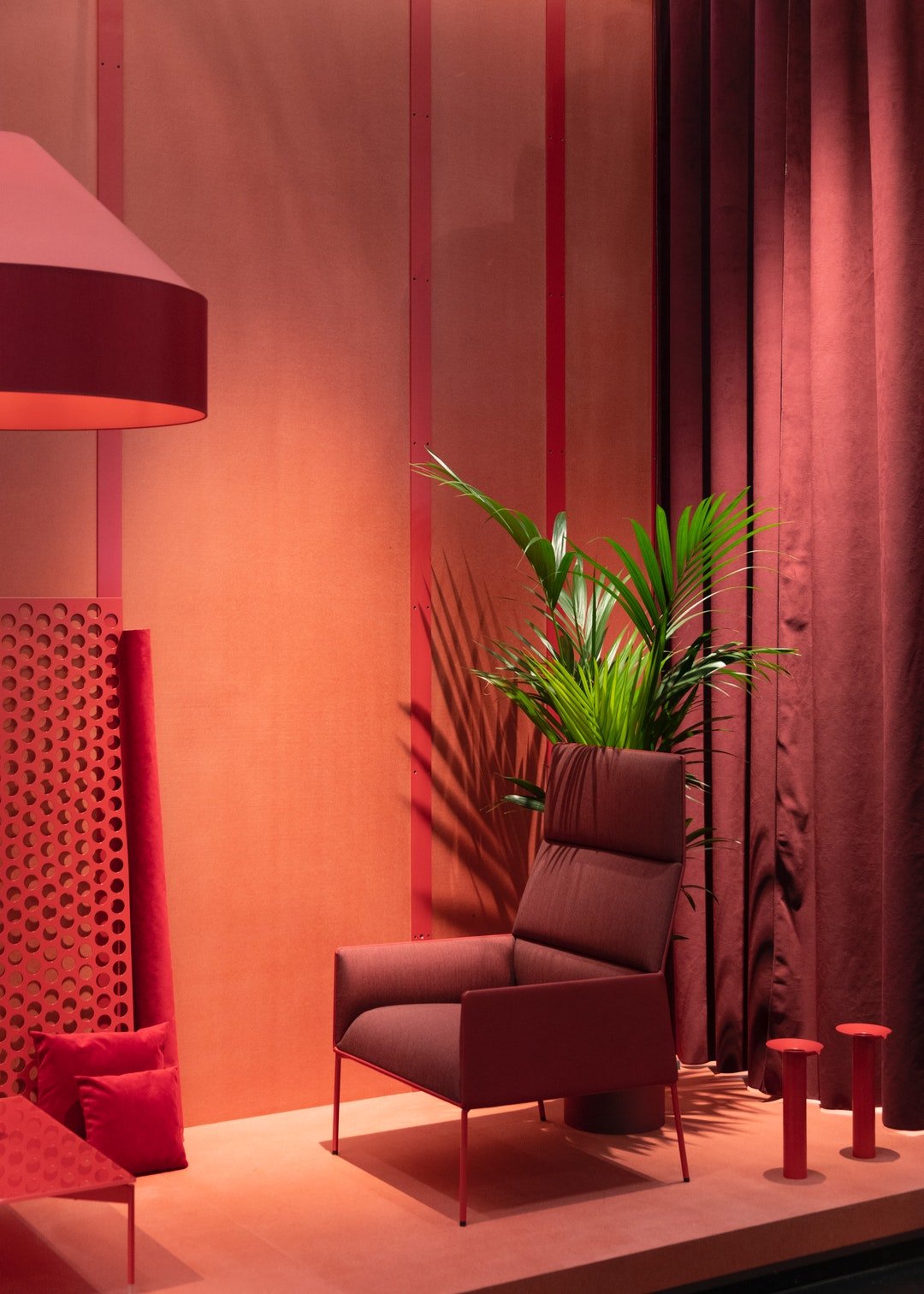Interior Design Services

Interior design is an art and science of improving the interior of a structure to create a more aesthetically pleasing and healthy environment for those who utilize the space. An interior designer is a person who designs, plans, researches and coordinates these improvement projects. The science of interior design deals with the study of furniture, fabrics, textures, lighting, paint, wall coverings, flooring, accessories, windows, heating and cooling, plumbing and architectural detailing. There are many aspects of interior design, which are included in the curriculum of an interior design program at an art college or university.
The first step in becoming an interior designer is a formal education. The duration of this phase will depend on the type of formal education program you decide to pursue. Some architects attend a four-year bachelor's degree program, whereas others opt for a two-year associate's degree or a certificate program. A few interior architecture or construction firms may even require a longer duration of training in order to qualify for senior positions. It is important to choose an accredited school that offers a varied curriculum so as to meet your needs when considering a career in this industry.
Once you have completed your formal education, the next step in the process is to choose a field of specialization. In today's competitive business environment, there is a need for designers who can create a cohesive design approach that is capable of anticipating the wants and needs of their clients. Interior designers must be able to communicate the conceptual vision that they have created using a variety of media, including text, photography, images, video and computer-aided design (CAD). In addition, an interior designer also must possess interpersonal skills such as good communication and social skill. This allows them to understand their clients' preferences and tailor their design solutions according to the needs of the clients.
Furnishing an office or a new building is not the only task that an interior designer has to undertake. Project architects often rely on designers to create concept views of what the project will look like before they proceed any further. The architect initially presents the layout of the proposed room and house in a model to ensure that it matches the specifications of the client. Once the layout is finalized, it goes to the designer for final adjustments. Interior designers also help the architects in designing the interior spaces by providing ideas to improve the appearance of the space. Some examples of furniture pieces that are used as part of the interior designing process include cabinets, shelving units, bookcases, television stands, display consoles, waste management systems, lighting fixtures and breakers. If you hear about a good interior design service, do check it out.
Another major aspect of the industry is the sales process. Most people are hesitant in making purchases due to the lack of convincing interest on the part of the customers. It is vital that the interior designers communicate with their clients on the various aspects of the products so as to instill confidence in the client in making a purchase. Apart from communicating well, they also need to provide good samples of the products so as to provide convincing interest on the part of the clients. You'll want to see more here for info on web design.
Most of the contractors do not hire interior designers. Many believe that hiring interior designers for new construction is not necessary, but most of the time they get hired due to their creative ability. Interior designers have to plan a new development properly, as they have to make sure that the new development will be aesthetically pleasing, as well as practical. Hiring the right contractors is therefore essential for success in any project. Consider interior design prices here: https://youtu.be/Sbj4oaecBNU
